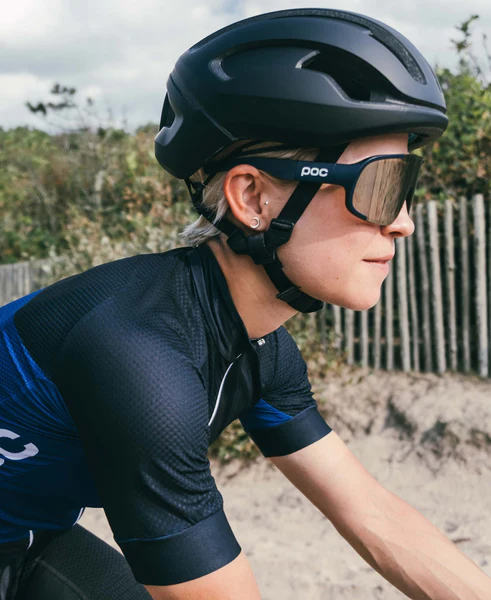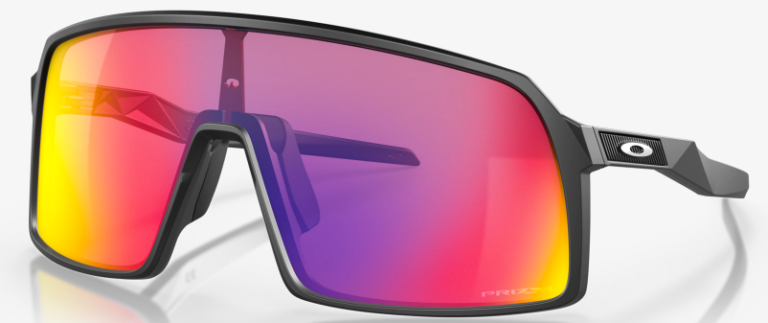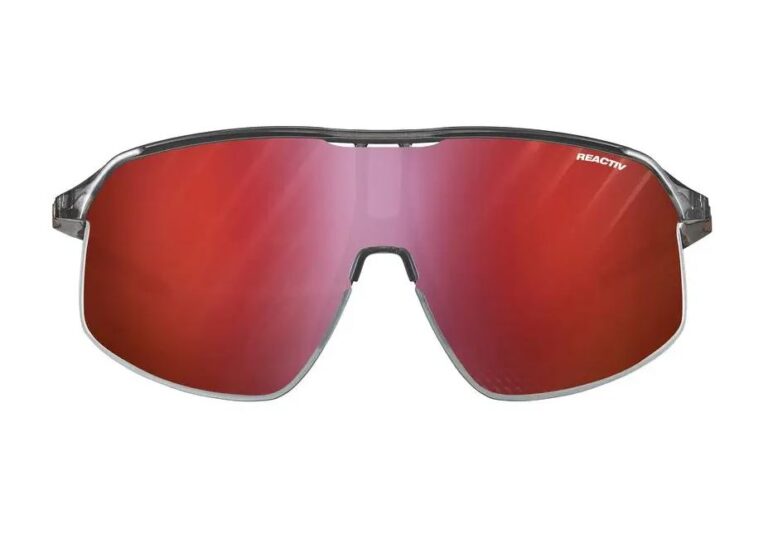Comparing Frame Materials in Bike Glasses: A Master Cyclist’s 101
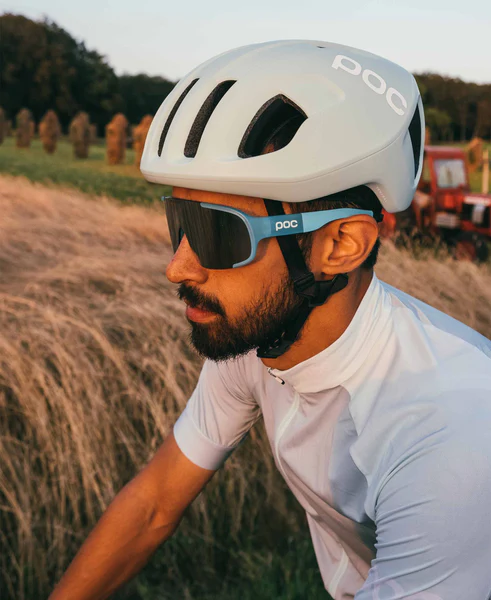
Key Point Summary of Comparing Frame Materials in Bike Glasses:
- Durability: Different materials offer varying levels of resilience to impact, wear, and environmental factors. Polycarbonate frames are notably tough, while metal frames can bend but are easily reshaped.
- Comfort: The material’s weight and flexibility significantly influence comfort, especially on long rides. Rubber or silicone parts on nose pads and temples enhance grip and fit.
- Weight: Material choice impacts the glasses’ weight, with metals typically being heavier than plastics. Lighter frames improve comfort and are less noticeable during prolonged use.
- Material Choices: Common materials include polycarbonate, acetate, and metals like aluminum and titanium. Each has its unique advantages in durability, comfort, and aesthetic appeal.
As someone who’s spent a considerable chunk of their life racing and riding across all terrains—from the unforgiving ascents of mountain trails to the unpredictable terrain of cyclocross circuits—I’ve come to appreciate the tiny details that can make or break your ride. One such detail, often overlooked until it’s too late, is the choice of bike glasses. Beyond lens technology, the frame material of your bike glasses can significantly affect your riding experience. Let’s dive into the nitty-gritty of frame materials, focusing on durability, comfort, and weight, sprinkled with anecdotes from my cycling adventures.
The Battle for Durability
In my years on the saddle, I’ve seen (and experienced) my fair share of spills, crashes, and the inevitable wear and tear that comes with the cycling territory. The durability of your bike glasses can mean the difference between a minor inconvenience and a ride-ending catastrophe.

Polycarbonate frames are the unsung heroes of the bike glasses world. I remember a particularly gnarly fall during a mountain biking session where I face-planted into a bed of rocks. Miraculously, my glasses emerged unscathed, a testament to polycarbonate’s impact resistance. This material can take a beating and come out looking relatively unharmed, making it ideal for cyclists who frequent rugged terrains.
On the flip side, I’ve had metal frames that bent out of shape after minor mishaps. While this might seem like a downside, metal frames (think aluminum or titanium) can be gently bent back to a functional form—a quick fix that’s saved my vision on more than one ride. However, they are more prone to permanent deformation or breakage upon severe impact.
The Quest for Comfort
When it comes to comfort, the devil is in the details. I’ve endured long, grueling rides where a slight pinch from my glasses felt like a relentless torture by the end. Through trial and error, I’ve learned that material flexibility, weight, and the presence of rubber or silicone enhancements play pivotal roles in comfort.
Frames that incorporate rubber or silicone on the nose pads and temples offer an unmatched level of comfort and grip. They adapt to your face shape and hold on even when sweat threatens to turn your ride into a slippery spectacle. Polycarbonate frames are often equipped with these features, marrying durability with comfort.
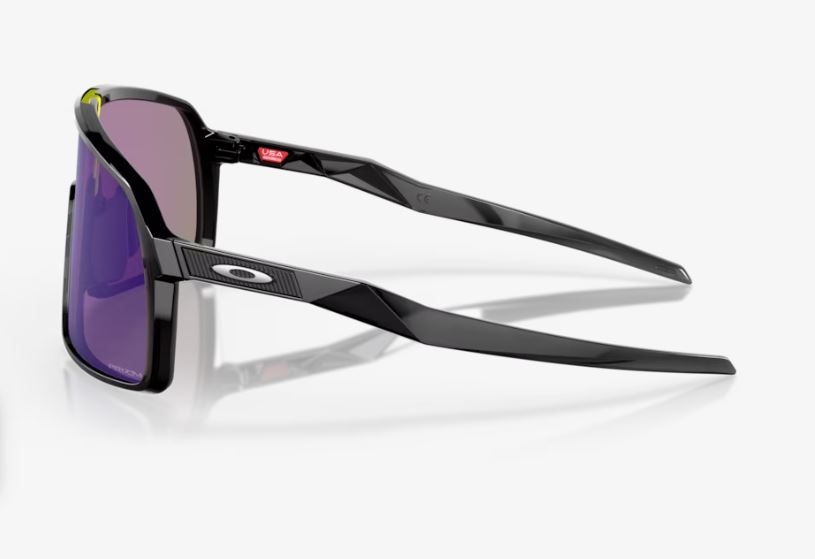
Weight is another crucial factor. There’s a world of difference between heavy metal frames pressing down on your nose for hours and the near-weightless embrace of a high-quality polycarbonate frame. Lighter frames reduce the risk of pressure points, ensuring the glasses become an extension of you, rather than an intrusive accessory.
Weighing Your Options
In the world of cycling, every gram counts. The weight of your bike glasses might not seem significant in the grand scheme of things, but on a long climb or after hours in the saddle, you’ll feel every extra ounce.
Metal frames, especially those made from stainless steel, tend to be heavier. There’s a certain allure to their sleek, timeless design, but this comes at the cost of added weight. In contrast, materials like titanium offer a compromise—stronger and lighter than most metals, but with a price tag to match.
Polycarbonate and other plastic materials reign supreme in the lightweight category. They’ve been my go-to for most races and rides, where even the smallest reduction in weight can help conserve precious energy.
Material Choices: Beyond the Basics
While polycarbonate, acetate, and metals like aluminum and titanium are common, there’s a growing interest in sustainable materials and innovative composites that promise even better performance and environmental friendliness.
During a recent gravel ride, a friend sported a pair of glasses with frames made from a biodegradable material. They boasted about the comfort and the lighter ecological footprint of their gear. This conversation sparked my interest in exploring glasses made from alternative materials, highlighting the evolving landscape of cycling accessories.
Comparing Frame Materials in Bike Glasses: Wrapping It Up
Choosing the right frame material for your bike glasses isn’t just about style; it’s a crucial decision that impacts durability, comfort, and the overall weight of the glasses. As cyclists, we often focus intensely on the technical specifications of our bikes and gear, analyzing every detail to optimize performance. However, the importance of such considerations extends to our eyewear as well.
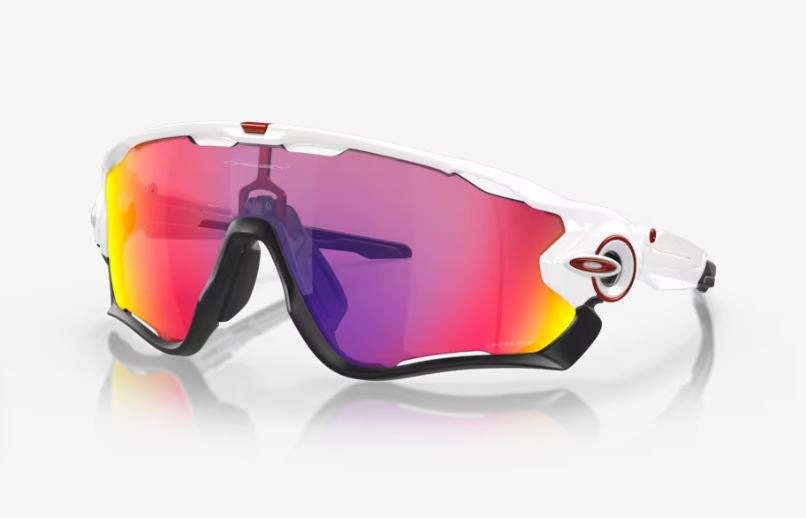
Throughout my cycling journey, I’ve experimented with various frame materials, each offering unique benefits and challenges. From the resilience of polycarbonate frames that have survived countless crashes to the sleek elegance of metal frames that require careful handling, my experiences have taught me the value of choosing the right material for the right situation.
In closing, the journey through different frame materials in bike glasses has been an enlightening part of my broader cycling adventure. Each pair of glasses tells a story of races run, trails conquered, and lessons learned. As you gear up for your next ride, consider how your eyewear can enhance your cycling experience, remembering that the best choice is one that meets your unique needs and preferences. Let your glasses be not just a protective gear but a trusted companion on every ride.
- Ryders Eyewear Seventh: With photochromic lenses and a lightweight, flexible, and durable Grilamid TR90 frame, the Seventh model is a great example of a bike glass designed for performance and comfort. The adjustable nose pads and temple tips ensure a secure fit, making them suitable for a wide range of cycling disciplines.
- Oakley Jawbreaker: Oakley’s Jawbreaker model features a stress-resistant O Matter™ frame that offers durability and comfort. The design includes Unobtainium® components that increase grip with perspiration and a lightweight design that makes it almost unnoticeable during long rides.
- Tifosi Swank: Tifosi’s Swank glasses use a lightweight polycarbonate frame that’s durable enough for cycling while being stylish enough for everyday wear. The hydrophilic rubber on the nose and temple areas ensures they stay in place, providing comfort and stability.
- POC Do Half Blade: Known for its half-frame design, the Do Half Blade uses a grilamid frame that offers flexibility and durability. The model is designed to enhance visibility and protection while being lightweight, making it a favorite among cyclists for both racing and training.

FAQ
What are cycling glasses made of?
Cycling glasses are typically made of polycarbonate or acetate for the frames and polycarbonate for the lenses due to their durability, lightweight, and flexibility.
What are the best lenses for cycling?
The best lenses for cycling are usually polarized with UV protection, and may have photochromic (light-adjusting) properties to handle varying light conditions effectively.
Can I wear normal sunglasses for cycling?
Yes, you can wear normal sunglasses for cycling, but specialized cycling glasses offer advantages like better fit, wraparound protection, impact resistance, and aerodynamic designs.
Are cycling glasses safety glasses?
While cycling glasses provide some level of protection similar to safety glasses, especially from impacts and UV light, they are not all certified as safety glasses. It’s important to check if a particular model meets safety standards if you need them for protective purposes.
Ride on
John
